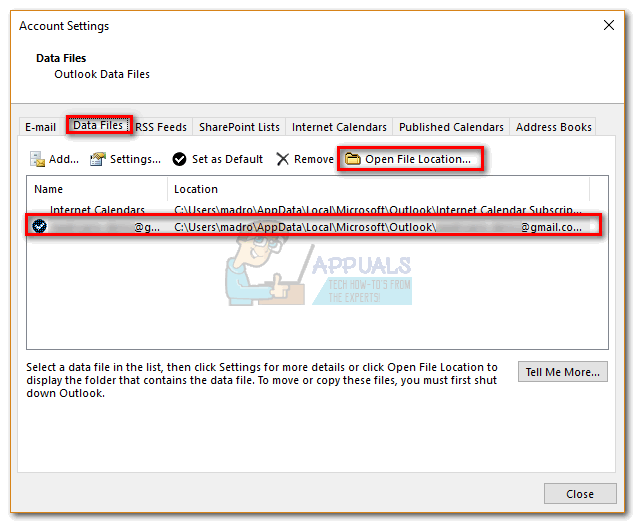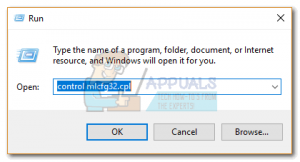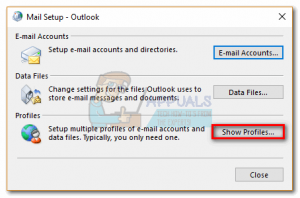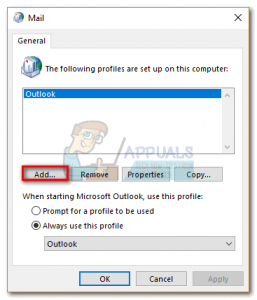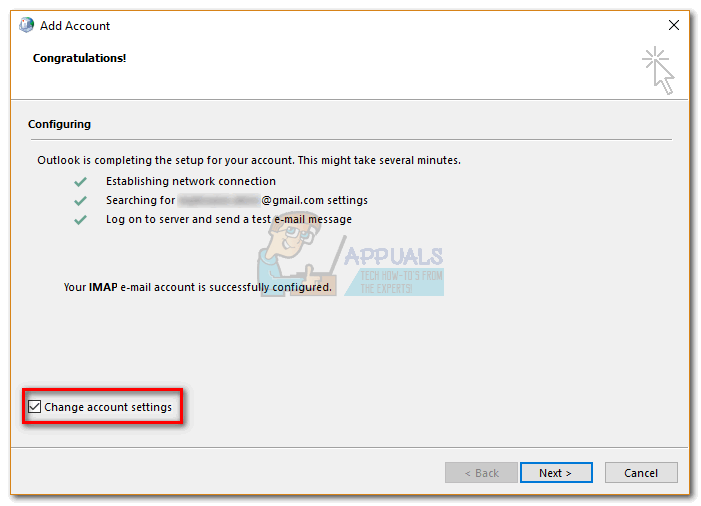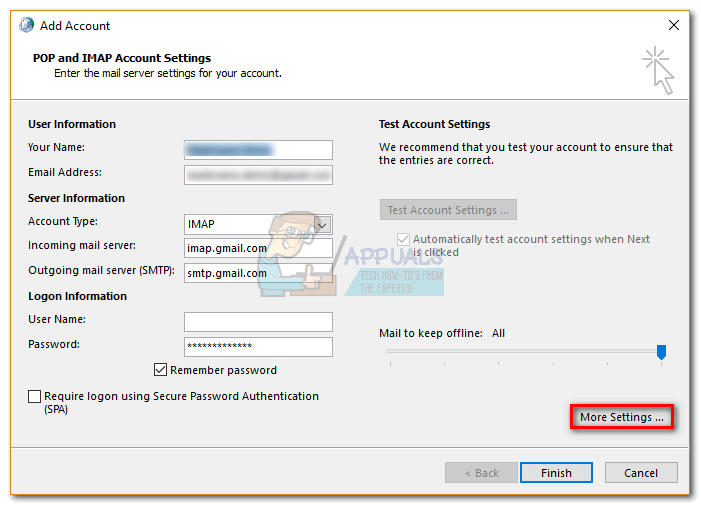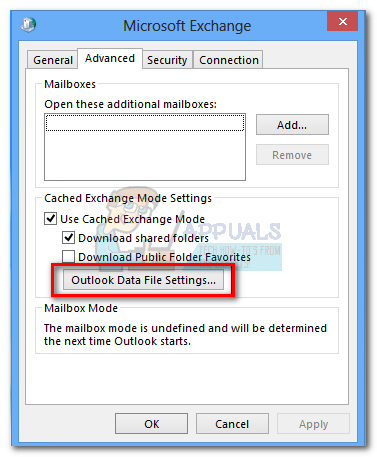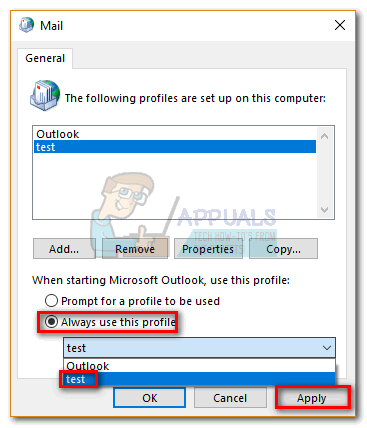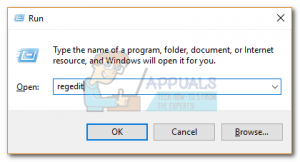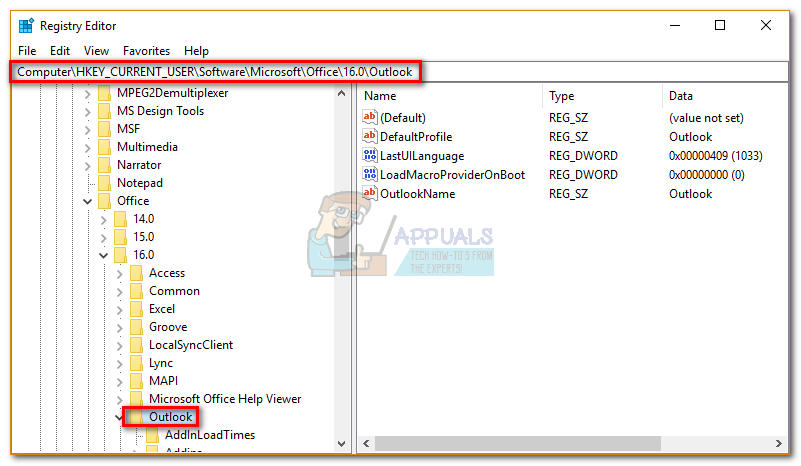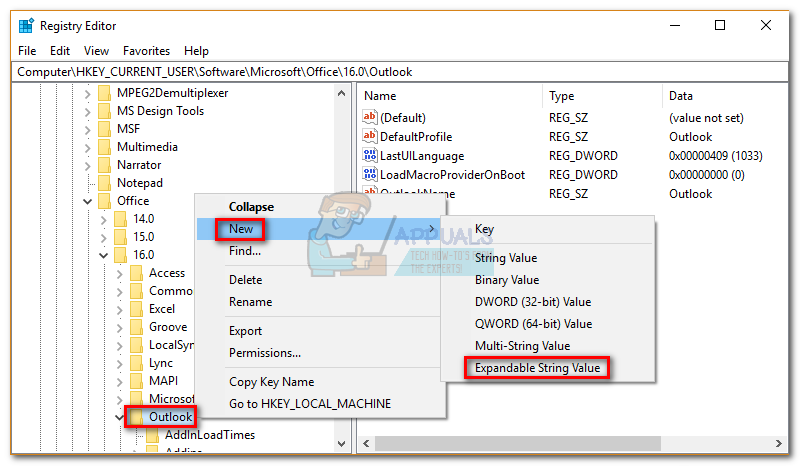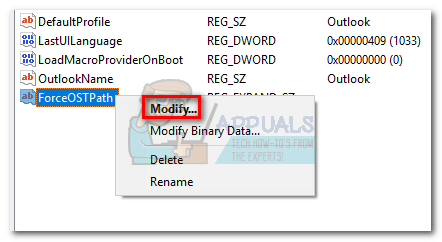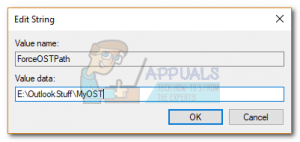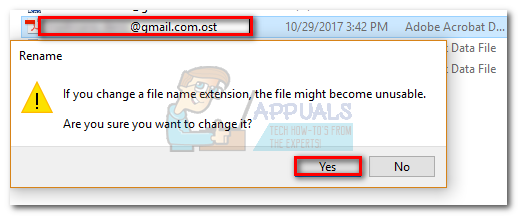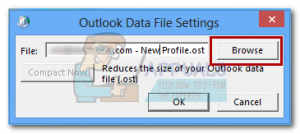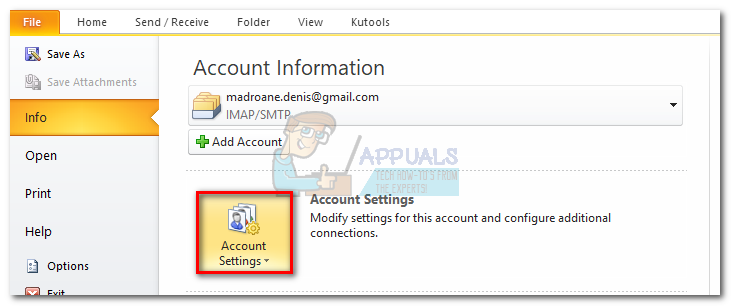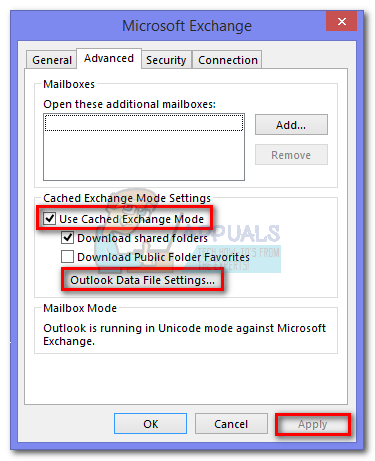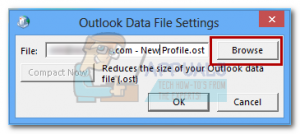The OST File is basically a folder that Microsoft Outlook uses to hold offline copies of various mailbox items found on the Exchange server. The OST file proves most useful when users have to work in Outlook without the means of connecting to the Exchange server. The OST file will hold the data before passing it along to the Exchange server when the connection is available. But the problem is, the procedure of moving Outlook offline data files is not as easy as advertised. If you already tried to change the location of your OST file in Outlook 2013 or Outlook 2016, you noticed that the Browse button in Outlook Data File Settings is disabled. This happens because the classic offline mode in Outlook 2013 and later has been deprecated. However, there are workarounds to move your OST file, but you’ll need to do some tweaking. Below you have a collection of methods that will help you move the OST file. Please follow a method compatible with your Outlook version. Note: If you have Outlook 2010 or older, follow the very last guide to change the .ost location.
Moving the Outlook Offline Data File in Outlook 2013, 2016
If you have Outlook 2013 or Outlook 2016, there are three different methods that will enable you to move your OST file. If you don’t want to risk anything, you can either add a ForceOSTPath registry key or create a new Outlook Profile and set the new .ost location from there. There’s also a 3rd method that implies creating a dummy OST file that will trick Outlook into making you select a new location for your OST file. But this method might potentially temper with your Address book, so avoid using it unless you don’t have another choice. For the sake of keeping things as simple as possible, well start with the most simple solution and work our way downwards. Let’s begin.
Method 1: Creating a new Profile and changing the OST file location
Method 2: Setting the ForceOSTPath registry key
Before we begin, you should be aware that conducting wrongful modification in the registry can completely break your Outlook. Please follow the steps below carefully to ensure that nothing is done incorrectly. Here’s how to set the ForceOSTPath registry entry so that it changes the location of the OST file. Note: This method only works for a new Outlook profile.
Method 3: Using a dummy PDF file to change the OST location (Outlook 2013 and older)
If you decide to use this method, just keep in mind that it might temper with your address book. By tricking Outlook into opening a broken file, you’ll force it to prompt you for a new location for your offline data file. Outlook will then create a new OST file and sync it with your mailbox. Here’s what you need to do: Note: This method is no longer working with Outlook 2016
Moving the Outlook Offline Data File in Outlook 2010 or older
If you’re still on Outlook 2010 or older, you can move the OST files by disabling offline mode and changing the OST path in the Advanced tab. But it only works with offline data files used by Exchange.
How to Setup Out Of Office replies in Outlook 2013/2016 and 2010Fix: Outlook Stuck on Loading Profile ‘2010, 2013 and 2016’How to: Create A New Outlook 2007, 2010, 2013 or 2016 ProfileFix: Outlook Not Sending Emails ‘2007, 2010, 2013, 2016’
